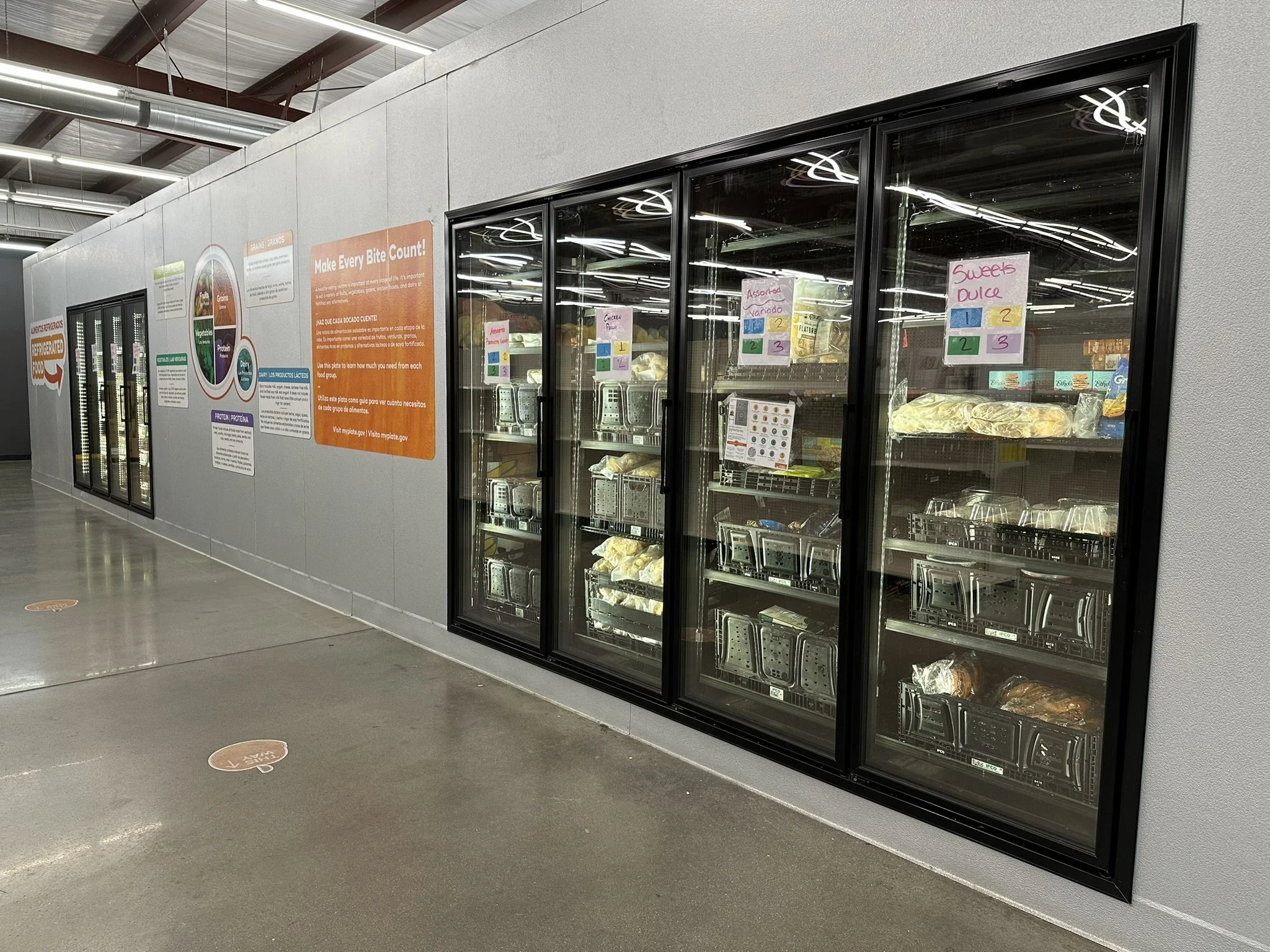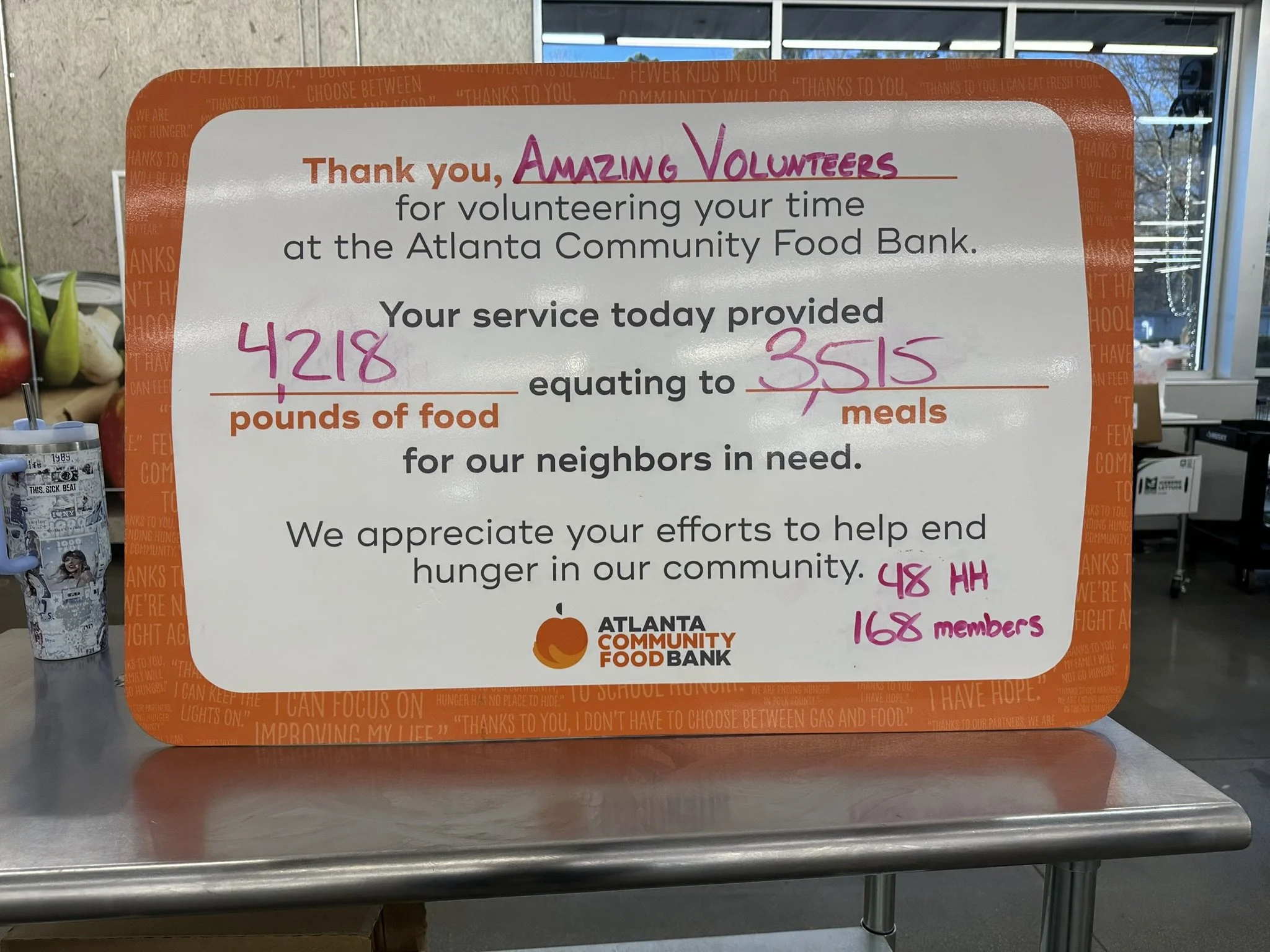Your Local Food Bank Needs Your Support
Overview of Atlanta Community Food Bank video: https://youtu.be/SNgtAMlp-s0
Freezing temperatures call for additional protection where pipes are exposed to cold weather. Styrofoam covers can provide protection for hose bibs though you need to plan ahead: purchase and install them before the freezing temperatures arrive.
In addition to protecting hose bibs with insulation, it’s best to check the hose bibs to be sure the protection is working. In the image below, the hose bib is not properly closed. It’s leaking water which is freezing on the wall below.
Many hose bibs in older homes on crawlspaces have a second valve inside the crawl space like the one shown in the image below. This allows the hose bib to be prepared for winter: “winterized”.
Winterizing the hose bib is just a matter of closing the interior valve and opening the exterior valve so all the water can drain out. This means there’s no water in the pipe that goes through the wall from the (relatively) warm crawlspace to the freezing temperatures outside the house.
If there’s no water in the pipe there’s no chance of freezing water bursting the pipe. Water expands as it freezes and the pressure of water in the pipe can burst the pipe. This creates a leak when the water thaws and starts to flow freely.
In case you’re wondering, you need to protect hoses as well. The metal hose in the image above was left connected to the hose bib during freezing weather. The hose had water in it and the water expanded when it froze.
The expansion of the frozen water put even more pressure on the valve of the hose bib and it put pressure on the joints of the metal hose. The hose was ruined - the freezing water forced the joints apart so it leaked at many points when the owner attempted to use it after the water inside the hose thawed.
Burst pipes may have minor leaks that produce a small amount of water or a large leak that can flood an area of your home. Many water providers offer discounts or rebates on products like Flume (pictured below) to detect leaks in the water pipes of your home.
If you don’t have an interior valve to protect your hose bib OR you have the valves yet they’re too difficult to access, you could upgrade your hose bibs to an anti-siphon freeze-proof sillcock. That’s essentially a pipe with a valve inside the pipe.
The anti-siphon part just means the sillcock allows water to drain out when the valve is closed. The sillcock are designed so the valve sits inside the walls of your house: the valve is on the warm side of the wall in freezing temperatures.
This type of fixture only has one valve so it doesn’t need to be winterized. That might be more convenient for southerners who experience freezing temperatures only to find it’s significantly warmer in the next few days. In that case you might like to use a hose without having to go in your crawlspace or basement to open a valve.
If you don’t mind a DIY project, you might be able to install a new sillcock. There are plenty of how-to videos and new connectors that don’t require any soldering making it much easier to install plumbing fixtures today.


